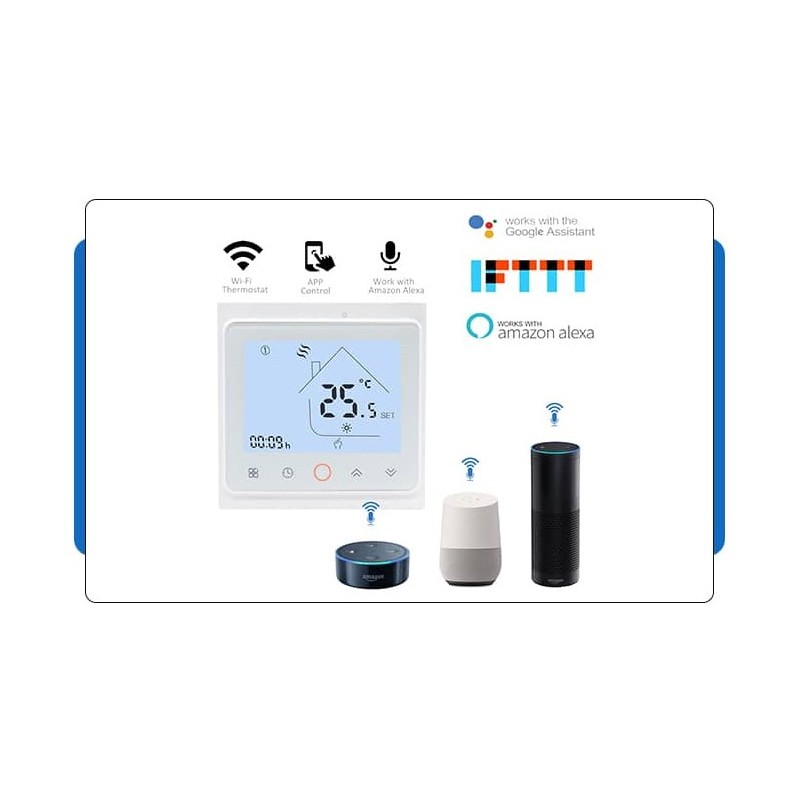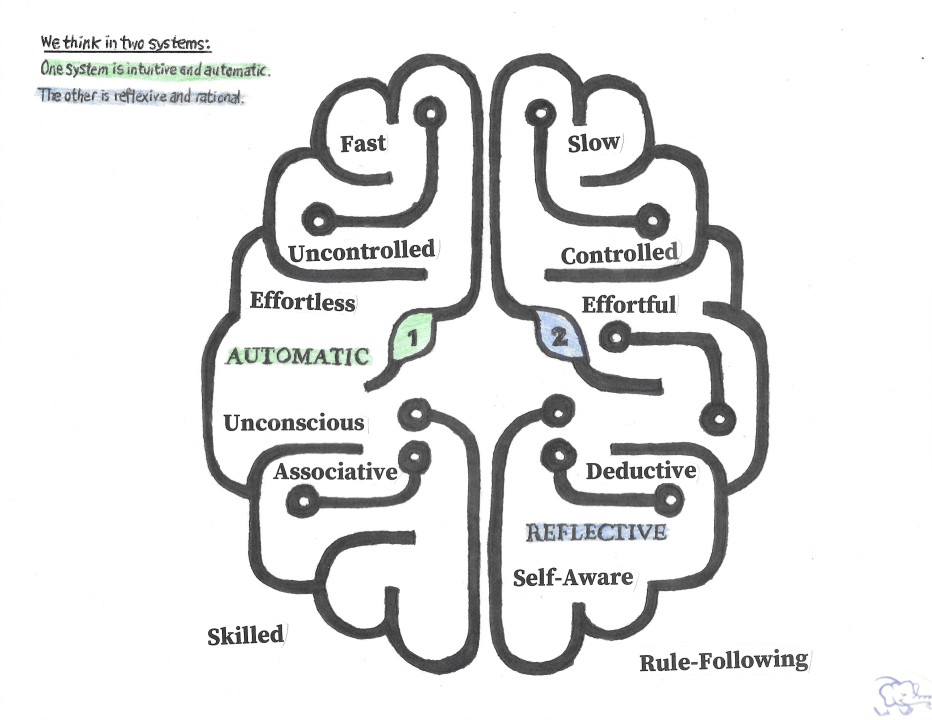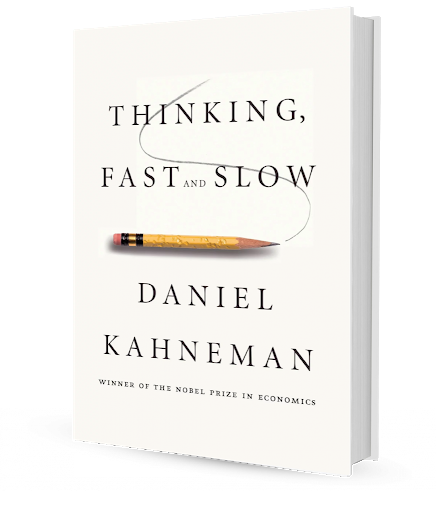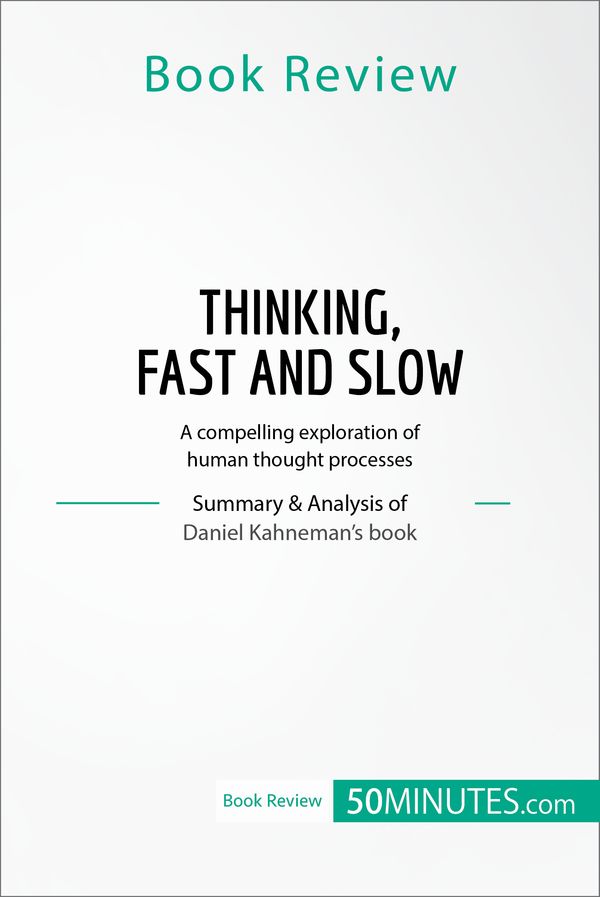Figure 1 from Thinking Fast and Slow: An Approach to Energy-Efficient Human Activity Recognition on Mobile Devices
€ 5.00 · 4.7 (662) · En stock

Figure 1: Detecting begin and end of a trip relative to a significant place: Use cell-id patterns for “intuitive” detection when possible, and use GPS/WiFi for “deliberate” detection when necessary. Energy saving is achieved when a user visits the same places and repeats the same trips and accordingly the system works in the intuition mode. - "Thinking Fast and Slow: An Approach to Energy-Efficient Human Activity Recognition on Mobile Devices"

Routescore: Punching the Ticket to More Efficient Materials Development

What is Artificial Intelligence? How does AI work and future of it, by Great Learning

Active Site Sequence Representations of Human Kinases Outperform Full Sequence Representations for Affinity Prediction and Inhibitor Generation: 3D Effects in a 1D Model

Figure 1 from Thinking Fast and Slow: An Approach to Energy-Efficient Human Activity Recognition on Mobile Devices
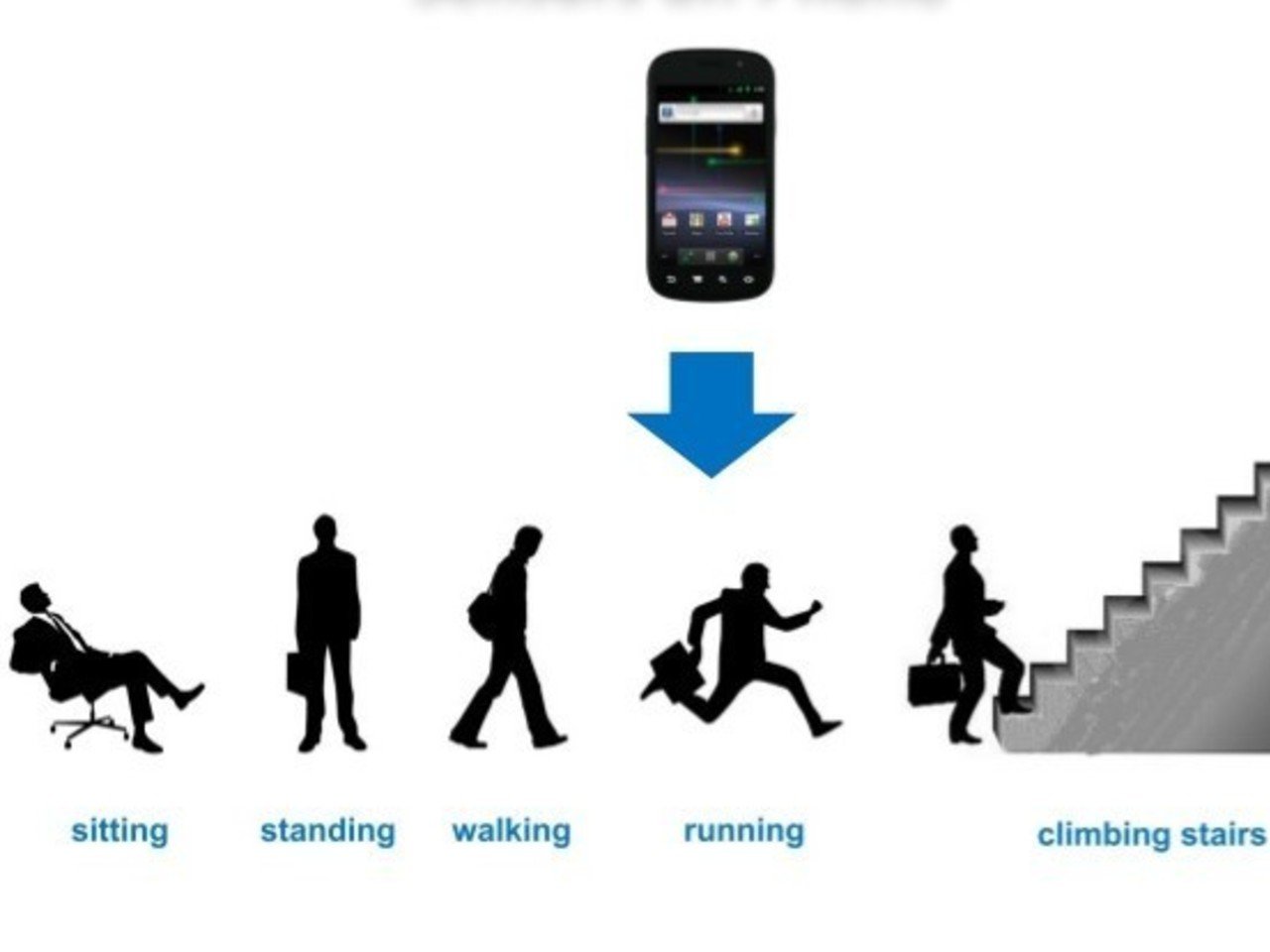
Human Activity Recognition With Neural Networks 👥
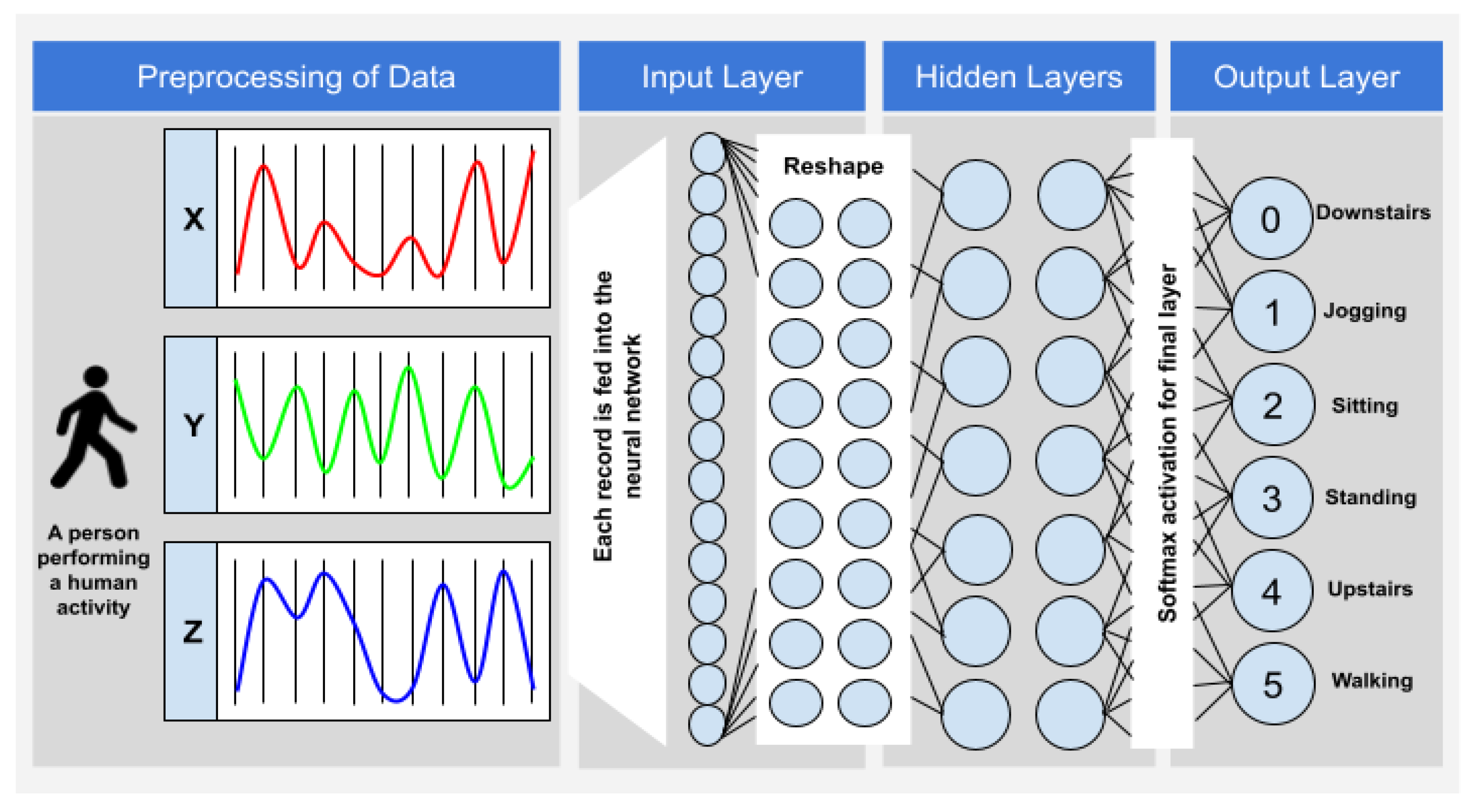
Applied Sciences, Free Full-Text

PDF] Energy Efficient Smartphone-Based Activity Recognition using Fixed-Point Arithmetic

Sensors, Free Full-Text

Smartphone based human activity monitoring and recognition using ML and DL: a comprehensive survey

Smartphone - Wikipedia

Trends in human activity recognition with focus on machine learning and power requirements - ScienceDirect

Healthcare, Free Full-Text

A self-adaptive hardware with resistive switching synapses for experience-based neurocomputing

Prediction during language comprehension: what is next?: Trends in Cognitive Sciences

Trends in human activity recognition using smartphones
